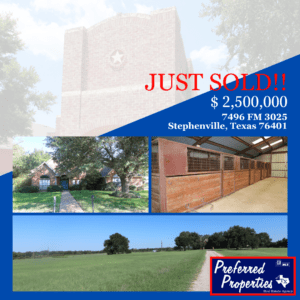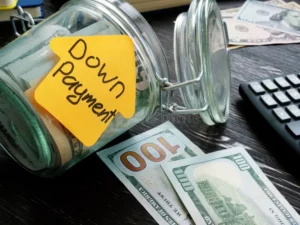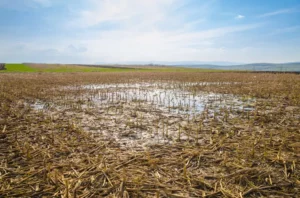Being a homeowner means more than just having a set keys and your name written on the deed. You may feel a rush when you finally take possession of your home and realize that you have a place in the world, literally. That’s only the beginning. Here are some more things to expect.
You learn what pride of ownership is
Nothing compares to being a proud homeowner. You may be proud of your car, your clothes and other small possessions. Buying your first place is an accomplishment, and you get to come home to that accomplishment every day.
You’ll enjoy greater peace of mind
After you have moved in, unpacked and taken a deep breath, you will have that moment. That moment when you realize “This is mine.” Fortunately, this moment occurs often. You’ll know when you see your countertops and realize that you can change them in any way you like. You can also get a pet without asking permission. You can paint your walls any color you like.
You’ll be obsessed with paint colors
Spend hours at Home Depot collecting paint chips. Even if all you want to do is paint the walls white, it’s not easy. “There are hundreds and hundreds of white paints available, and most of them are considered white,” said The Spruce. “This makes choosing a plain white paint color nearly impossible.”
You’ll learn skills that you never imagined
You may soon be able refinish your floor, tile a backsplash and snake a toilet. You can hire people to do these tasks and any other you may need in your home, but doing it yourself can be more satisfying and cost-effective.
If you have a limited budget after purchasing your first home, it’s likely you’ll also need to learn how to maintain your lawn. Get your edging skills down.
Prioritize your tasks differently
Oooh! That skirt is so cute. But if you buy it, you’ll want the shirt and the jacket and the boots, and the jewelry, and, before you know it, you’ve spent half the money it would take to update your fireplace.
Invest in yourself
When you invest in your home with money and sweat equity, you impact its value. This is an investment not only in your home but also in you and your family’s future.
Original Blog: https://realtytimes.com/archives/item/1035879-6-things-that-happen-when-you-become-a-homeowner?rtmpage=








